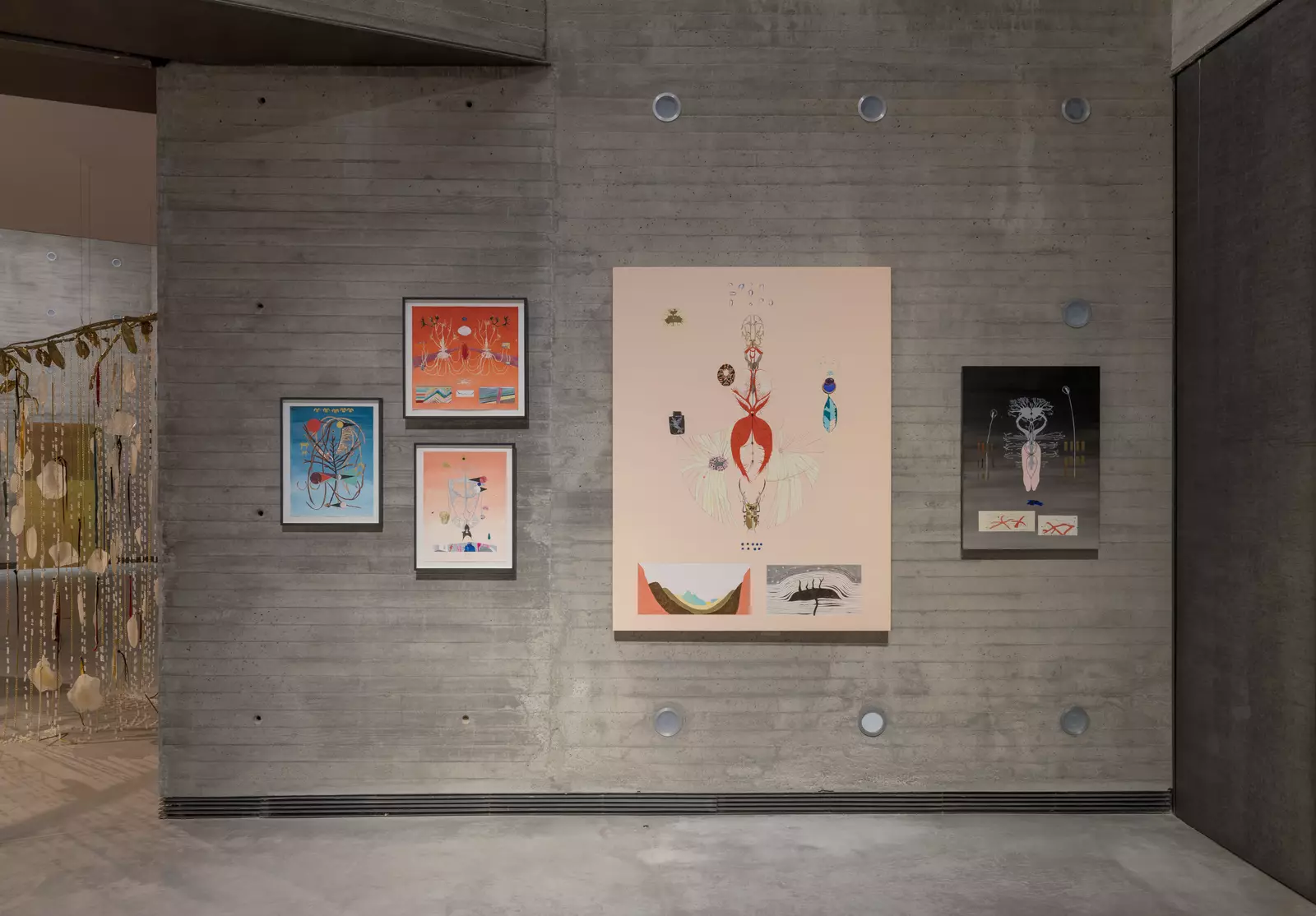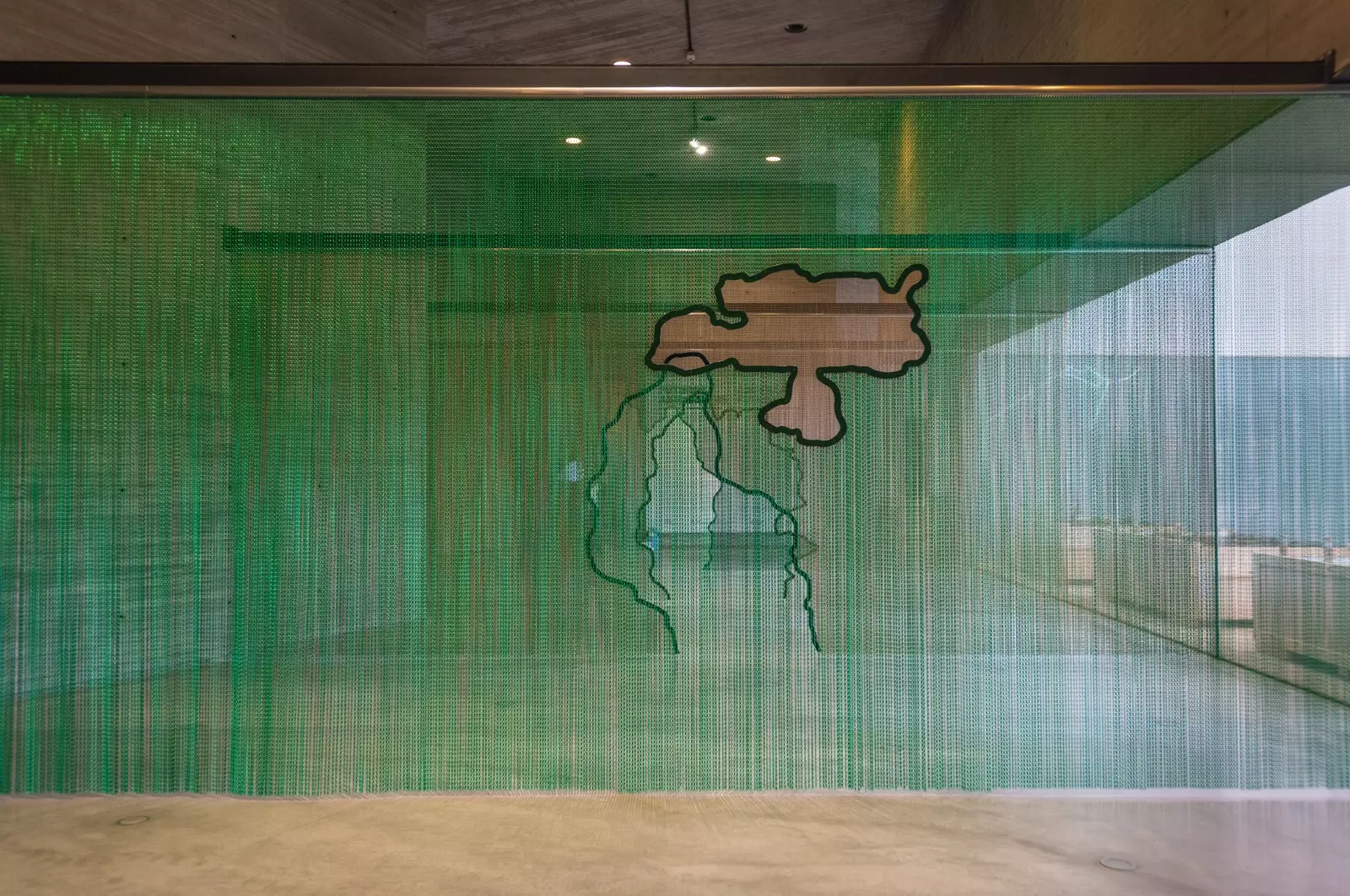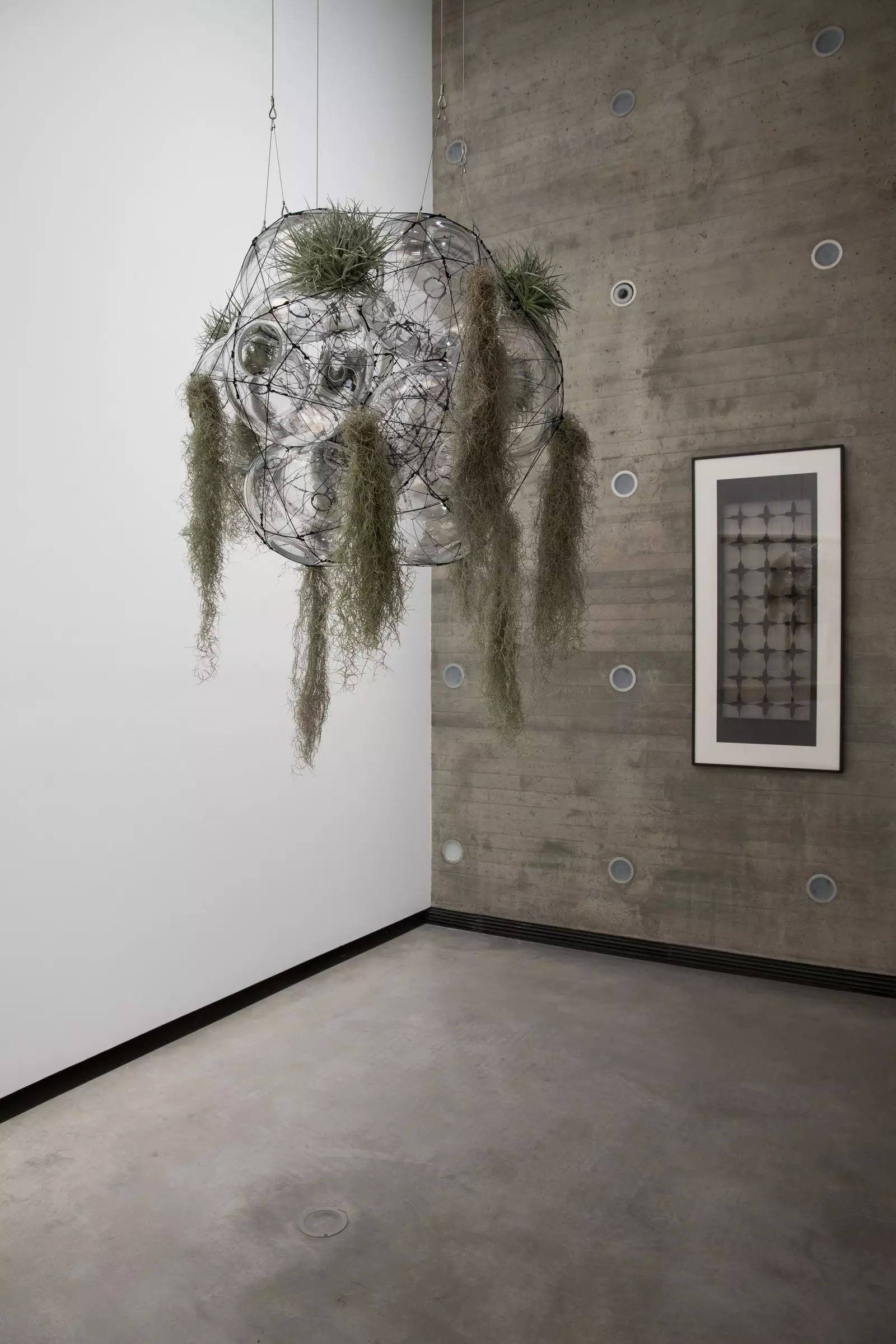contemporary art in Cordova. Yes, you read it right.
Córdoba is a city that has lived until now from its past. Or that's the idea we've had the most unrelated to art. And although not bad at all, contemporaneity was something that seemed to tiptoe around here... Now with the landing of the Fundación TBA21 Thyssen-Bornemisza Art Contemporary, at the C3A Contemporary Creation Center of Andalusia, the most contemporary Córdoba (groups, artists, spaces…) have benefited from the arrival of this interesting exhibition, for three years.
Doesn't the same thing happen to the city with the river? The Guadalquivir it also goes on tiptoe for the Cordovans and becomes only a landscape: “In its waters nobody swims, or rows, or take boat trips… The next time I come to Córdoba I want to swim in this river, and not just see the butterflies and birds that populate it”, said Daniela Zyman, the police station the TBA21 Foundation exhibition, abundant futures, when he presented these 40 works all with an artistic and ecological spirit, and in which artists from all over the world participate.
Talking with her, we wonder what clues lead us through the city to immerse ourselves in that contemporary breeding ground to which now (more) light is put.

Regina de Miguel, Lacustrine Star (2021) and Symbiote Hug (2022).
1. THE CA3, THE MULTIPLIER OF THE CONTEMPORARY IN THE CITY
At last! this sample will bring this to life enormous concrete building, by the architects Fuensanta Nieto and Enrique Sobejano, and that presides precisely over one of the banks of that river that in some way defines the city. Works by artists such as Ai Weiwei, Allora & Calzadilla, Dana Awartani, Claudia Comte, Abraham Cruzvillegas, Elena Damiani, Olafur Eliasson, Haris Epaminonda, Mario García Torres, Isa Genzken, Helen Mayer Harrison & Newton Harrison, Mathilde ter Heijne, Regina de Miguel , Beatriz Milhazes, Asunción Molinos Gordo, Paulo Nazareth, Ernesto Neto, Rivane Neuenschwander, Olaf Nicolai, Plata con Semillas Silvestres, Belén Rodríguez or Víctor Barrios… among many others.
Museum free admission and children welcome, because the materials, the color and the concepts that are planted explore a concept that must be worked on now: that of the 'abundance' of Nature, precisely now that it seems to “collide head-on with the present”, said Zyman.
Abundance in this uncertain future? You are right. In this exhibition, through Contemporary Art –and in all its various formats– it is proposed “The richness of the multiplicity and variability of Nature, which is recreated over and over again, insinuating a politics of transformation in which the idea of the scarcity of natural resources is finally abandoned to delve into other realities: ways of redistributing wealth, of working, of creating worlds that they focus on the matrix, on ecology and on Nature: our host in the world”.

Daniel Steegman Mangrané, Incomplete Infinity.
2. THE PLATA COLLECTIVE, AGROECOLOGY: THE GREAT PROJECT
In Córdoba everyone talks about them. Javier Orcaray, Gabrielle Mangeri and Jesús Alcaide (a.k.a Richi) met at the faculty almost 20 years ago and they work agroecology as a source of action. They are the ones who have given shape to the Salón Boeticus, with furniture by the artist Víctor Barrios –delicately tuned with materials found on the street– and they were also the organizers of the cocktail The Long Table Cycle, served during the inauguration of the C3A, with Cordovan products of km0.
"The Salón Boeticus is named after the river –the Betis, Boeticus– that passes right next to the museum, and through the apparently abandoned lot attached to the museum, which now looks full of daisies. This is part of another of his projects, Green Matrix, whereby abandoned spaces in urban areas are potential spaces for regeneration and special habitats for various forms of life.
“In this space next to the museum there are more than 350 protected species and one called Astragalus Boeticus, also known as Café de los Pobres, a plant with which coffee could be made.” The collective takes over this space “before the City Council or a private entity decides to turn it into a car park”, they told us: “Be careful, this is there. And if we talk about abundant futures, there is the abundance, in the Community”, explained one of its components.

Exhibition detail.
3. PEPE ESPALIÚ ART CENTER, THE RECENT PAST
Another of those places that will make you change your perception of classical Córdoba is this center, some 40 works by this Cordovan artist that represent his entire career (from 1975 to 1993), both from his time in Barcelona –photography and performance– and from his paintings from the late 1980s. In addition, you will be able to see an interesting selection of emblematic sculptures and drawings from the 1990s.
4. CULTURHAZA, AN AGROLAND ON THE OUTSKIRTS
Fleeing also from ecology as an item, taking it closer to a political issue, “Culturhaza is a political project, of life, of research”, the Plata told us, where Agripino and Potasia work with scientists from CESID in their impressive seed bank. They have been around for more than 30 years and use all the ancestral theory of Agripino's father to preserve them.
From his orchard he not only offers life, but also artistic thought and action producing happening, performance, video creation, poetry, music... under the common denominator of Agrolandart, a movement based on the origins of European Land Art.
5. LIVING WINES JUICE, TO EAT AND DRINK
Not everything is going to be seeing and experiencing. You also have to eat and drink. And on this route, there are few places better than this charming place – also linked to the Plata collective and to the most current currents that circulate through the city. A small terrace in the Plaza de San Andrés, good company and all the products that will pass through your table, consciously, linked to the territory. What is food blackout? Here is the answer.
6. CONTEMPORARY CERAMISTS
The ceramist, professor of ceramics at the Seville School of Art and curator of exhibitions in this discipline Antonio González recommends us from his studio some of his favorite places of contemporary ceramics in Córdoba, among them the Carmen Lucena's workshop, in the Crafts Market, where local crafts are promoted among other topics, and the workshop of Gema Muñoz, in the historic center, in which you can also take one of those ceramic courses that work as an anti-stress treatment.
6. NOTES TO FOLLOW THE TRACK OF A CONTEMPORARY CÓRDOBA
Although, as in everything, there are many Córdobas, the traditional cape will continue to weigh a lot, but Colectivo 57 left its enormous mark on the city and in the artistic currents –Córdoba is a hotbed– and numerous Cordovan artists, since those years, have been feeding modernity in Córdoba.
"Also in the 1980s there were many contemporary artists who emigrated to Madrid and then returned to the city," Richi, from Colectivo Plata, tells us. “In the last ten years there has been a resurgence of contemporaneity, with a very important poetic scene –you only have to see the wickerwork of the International Festival of Cosmopoetic Poetry– that has attracted plastic artists” or new impulses such as Cordoba, City of Ideas, a platform for cultural projects in the city.
In the performing arts, we recommend that you keep track of the work of Juan Diego Calzada and Isabel do Diego, that these days present their Sacred Beast, for Spain. At the moment, in Conde Duque, Madrid. They are also marking a path.
And so far our route through the contemporary art that houses the city of Córdoba, which will never cease to amaze us.
